The Intel Ivy Bridge (Core i7 3770K) Review
by Anand Lal Shimpi & Ryan Smith on April 23, 2012 12:03 PM EST- Posted in
- CPUs
- Intel
- Ivy Bridge
Intel HD 4000 Explored
What makes Ivy Bridge different from your average tick in Intel's cycle is the improvement to the on-die GPU. Intel's HD 4000, the new high-end offering, is now equipped with 16 EUs up from 12 in Sandy Bridge (soon to be 40 in Haswell). Intel's HD 2500 is the replacement to the old HD 2000 and it retains the same number of EUs (6). Efficiency is up at the EU level as Ivy Bridge is able to dual-issue more instruction combinations than its predecessor. There are a number of other enhancements that we've already detailed in our architecture piece, but a quick summary is below:
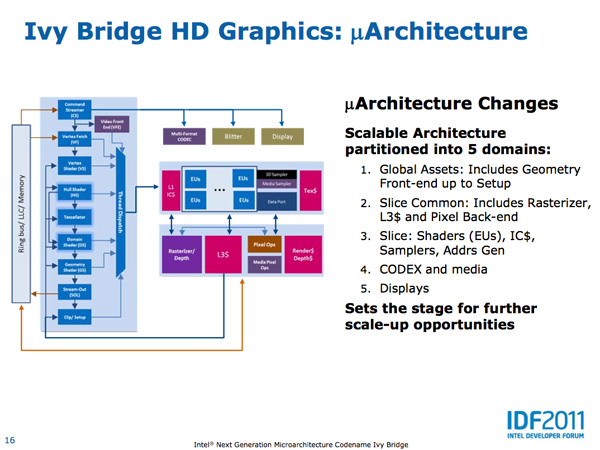
— DirectX 11 Support
— More execution units (16 vs 12) for GT2 graphics (Intel HD 4000)
— 2x MADs per clock
— EU can now co-issue more operations
— GPU specific on-die L3 cache
— Faster QuickSync performance
— Lower power due to 22nm

Although OpenCL is supported by the HD 4000, Intel has not yet delivered an OpenCL ICD so we cannot test functionality and performance. Update: OpenCL is supported in the launch driver, we are looking into why OpenCL-Z thought otherwise. DirectX 11 is alive and well however:
Image quality is actually quite good, although there are a few areas where Intel falls behind the competition. I don't believe Ivy Bridge's GPU performance is high enough yet where we can start nitpicking image quality but Intel isn't too far away from being there.
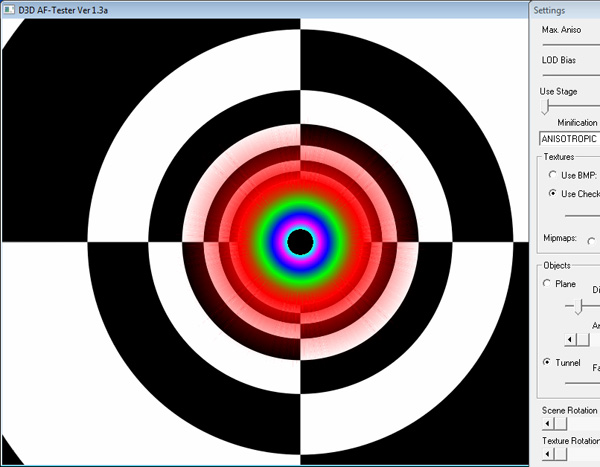
Current state of AF in IVB
Anisotropic filtering quality is much improved compared to Sandy Bridge. There's a low precision issue in DirectX 9 currently which results in the imperfect image above, that has already been fixed in a later driver revision awaiting validation. The issue also doesn't exist under DX10/DX11.
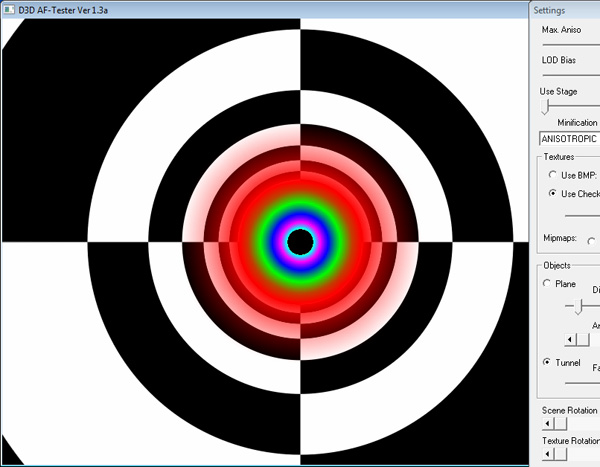
IVB with improved DX9 AF driver
Game compatibility is also quite good, not perfect but still on the right path for Intel. It's also worth noting that Intel has been extremely responsive in finding and eliminating bugs whenever we pointed at them in their drivers. One problem Intel does currently struggle with is game developers specifically targeting Intel graphics and treating the GPU as a lower class citizen. I suspect this issue will eventually resolve itself as Intel works to improve the perception of its graphics in the market, but until then Intel will have to suffer a bit.
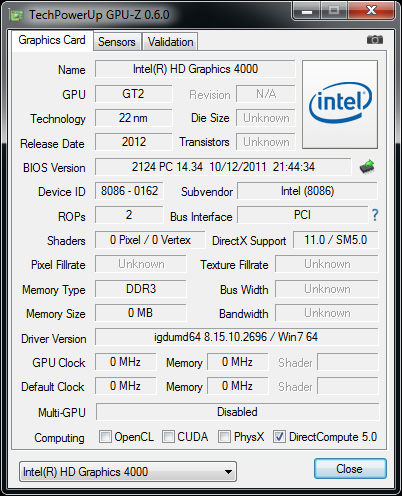








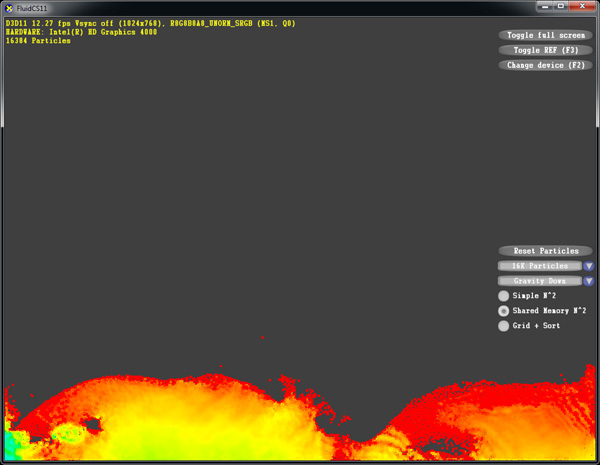














173 Comments
View All Comments
dagamer34 - Monday, April 23, 2012 - link
I see them just killing off the 13" MacBook Pro entirely, and upgrading the SSD base size to 256GB. There's little reason for the Pro to live on anymore when the Air is far superior in everything except for CPU.gorash - Monday, April 23, 2012 - link
Really... the Air's screen is terrible. Plus Air is basically not user upgradeable.Breach1337 - Monday, April 23, 2012 - link
Yeah, I view mine as a consumable. And I love it.tipoo - Monday, April 23, 2012 - link
That would be a shame, even without the optical drive they could differentiate the 13" pro from the Air with the mentioned 35w quad core CPU, or a discreet GPU in all the space they saved from ditching the ODD, and have more space for battery to offset it.jaydee - Monday, April 23, 2012 - link
If I'm buying a system for onboard GPU gaming, I'm going AMD. If I'm buying a system for cpu performance with overclocking, I'm buying Sandy Bridge. I'm not sure what the point of this launch is.A5 - Monday, April 23, 2012 - link
Notebooks/ultrabooks and debugging the new process node.8steve8 - Monday, April 23, 2012 - link
I've seen so many negative comments like this about Ivy Bridge all over the web... so I'll respond to them all here:I'd rather have higher energy efficiency and stability (and less noise), which comes with running at stock voltage/clock speeds. I am not alone there... Plus with turbo boost, why bother OCing, when it has the thermal headroom, it boosts the clock...
If you think that you can find a significantly better sweat spot of performance, power consumption, and reliability/lifespan of the average high-end (K) CPU from intel, then I have to call BS on that. If you agree that intel knows their cpus better than you, but are purposely under-clocking them (the highest clocked models), then I would ask why.
I may say that given significantly more exotic/larger/louder coolers, maybe you can dissipate more heat than the processors were designed to dissipate, and you have some headroom to raise the voltage, which may yield higher stable frequencies, but keep in mind power is roughly proportional to voltage^2, so energy efficiency goes out the window real fast...
I'm not saying no one should play around with their CPUs, have fun... but to say ivy bridge is pointless just because you can't over-volt/over-clock it to the same extent as sandy bridge is foolish when it's clearly a significant step forward, and the best solution for the vast majority x86 PCs.
For those of us who want an energy efficient, high performance computer, some variant of ivy bridge will be the best option, probably until haswell/2013.
Thanks intel, and thanks Anand for the review.
jaydee - Monday, April 23, 2012 - link
But it's really not that much more efficient. In fact at idle, the difference is negligible by all benchmarks I've seen, which for most users is the most important area. At full power, a difference of 25 watts is practically nothing given how much time most cpu's are spent at that load. It really shouldn't affect power supply sizing either. I'm just talking about desktop usage here, we don't really have a good look at the notebook chips yet.I'm not sure what Intel thinks it's pulling by calling this "tick+" instead of a regular "tick". I don't see anything here that's really that appealing. If helps Intel "debug the process node for 22nm", that's great for Intel, but it doesn't sway me as a consumer to buy one.
JarredWalton - Monday, April 23, 2012 - link
Idle power quickly hits a limit based on everything else in the system. It's hardly surprising that the highly efficient Sandy Bridge does just as well at idle as Ivy Bridge. Power gating allows Intel to basically shut down everything that's not being used, and the result is that low loads have pretty much hit their limits. What's impressive is the big drop in power use under heavier loads.As for the "tick+", it's all in the GPU. They went from DX10 12EU in SNB to DX11 and 16EU in IVB. As a percentage of total die size, the GPU in IVB is much larger than the one in SNB. But as Anand notes, we still would have liked more (e.g. a 24 EU GT3 would have been awesome for IGP performance).
owan - Monday, April 23, 2012 - link
Marginal improvement over Sandy Bridge that can be compensated for by SB's significantly better overclocking ability. Why so much praise for the IGP when 95% of desktop users don't care AND its still vastly inferior to Llano? With so much focus on mobile I'm not even sure why they bothered releasing a high-end desktop SKU